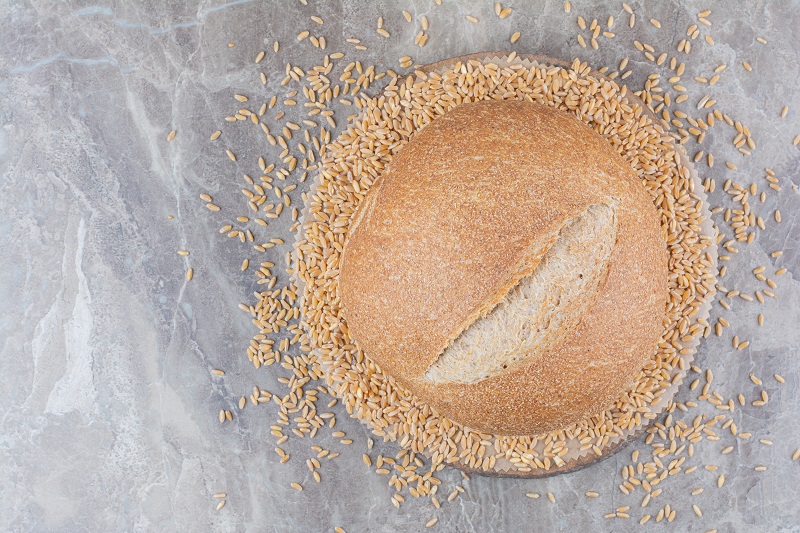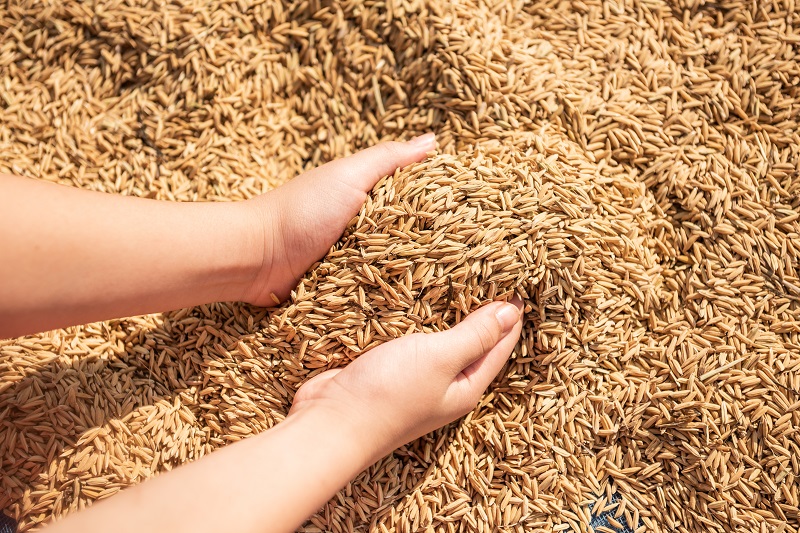The quality of grain supplied to processing plants, bakeries or warehouses is characterised by a group of specific indicators. These include smell, colour, taste, contamination, moisture content, and pest infestation. These indicators must be taken into account when assessing any type of grain, regardless of the purpose of its use or destination. The use of grain cleaning equipment can significantly improve product quality.
How to determine the main indicators of grain quality?
According to specific standards, a group of mandatory criteria has been defined that are taken into account in the analysis. The list of grain quality indicators includes:
- glassiness;
- quality and quantity of raw gluten;
- percentage of fine grain content;
- volumetric weight;
- the size of the sample under study;
- filminess.
The unit of measurement is a batch, which is an indefinite quantity of product that must be of the same quality. It is important that the raw materials are intended for simultaneous delivery, acceptance or shipment, including storage in the same warehouse.
The quality of each batch is determined based on the results of a laboratory analysis of an average sample consisting of grab samples taken from the same batch. A sample is a small amount of product taken in advance from a particular batch at one time. This is how the original sample is determined.
The selection of boreholes is one of the most important and crucial stages. The final result of the research depends on how well they are selected.
If the batch of grain is relatively small, it will be enough to take no more than 2kg of an average sample. Then a portion of the product is identified, and tests are carried out to determine the quality of the product.
Additional indicators that determine the quality of grain
Various criteria have been defined to guide the examination of specific samples. Additional indicators include:
- chemical composition of the initial sample;
- how high the activity of enzymes is;
- the number of microorganisms contained in the product, and so on.
The analyses carried out should include an external assessment of the product. The moisture content must be taken into account; if it is too high, it will be noticeable during a simple inspection. The size and shape of the grain also affects the final result. Larger grains are more valuable in terms of nutrition.
The condition of the outer shell is also important. If it is broken, crushed or damaged, this reduces the quality of the entire batch. Various damages can be caused during harvesting, including during prolonged transport, drying of the grain or in case of violation of storage rules.
The presence of impurities in the product also reduces its quality. It can be various debris, sand, stones and other foreign particles. All this significantly reduces the final cost of the entire batch. Therefore, it is imperative to use grain cleaning equipment. This will significantly increase the value of the product.































